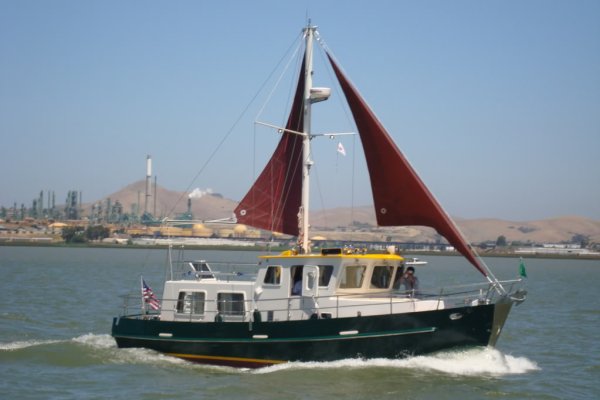markpierce
Master and Commander
- Joined
- Sep 25, 2010
- Messages
- 12,557
- Location
- USA
- Vessel Name
- Carquinez Coot
- Vessel Make
- penultimate Seahorse Marine Coot hull #6
MVFortitude is beautiful classic example! I hadn't looked at the 'classic' KKs. Reminds me of the Diesel Ducks that I was interested in for a while. Not many folks want the combination of sail rig + trawler = too much effort, but it pays dividends too.
Do you use the sail rig much?
Is it your stabilization as well?
Assist sails have provided some stability and additional speed when traveling below hull speed when winds are from the beam.

